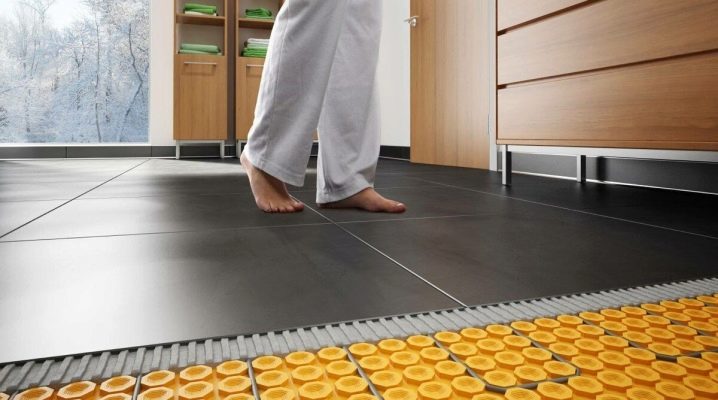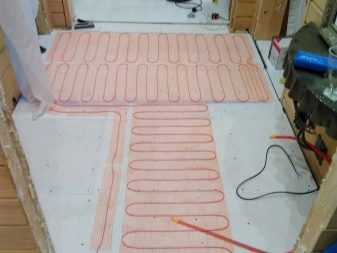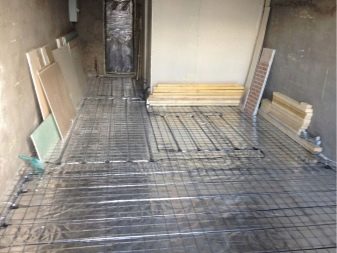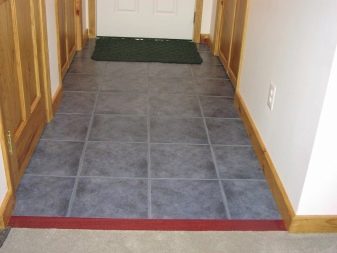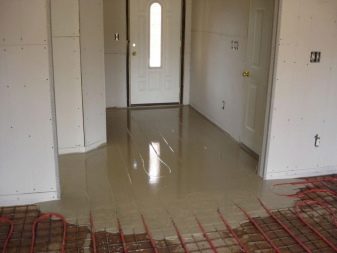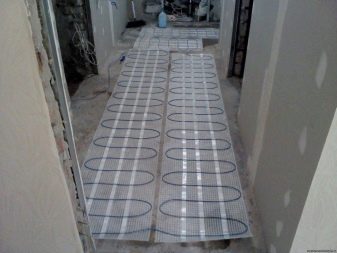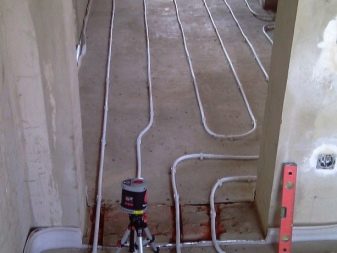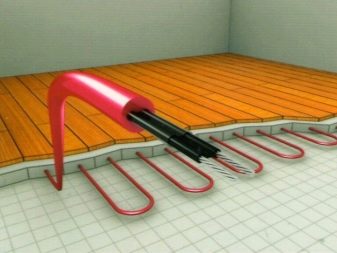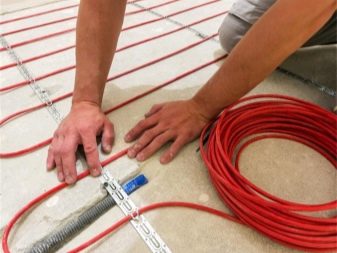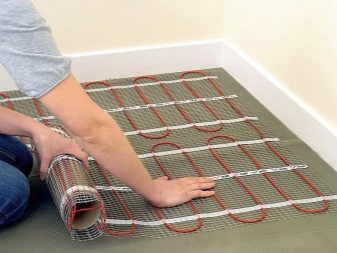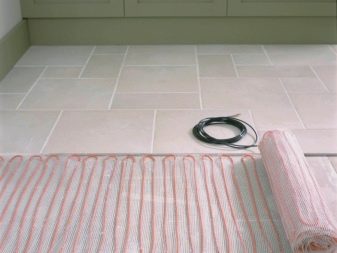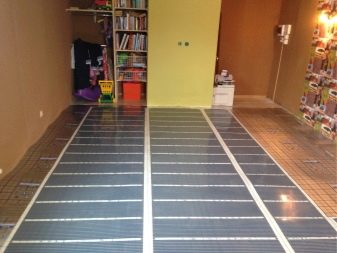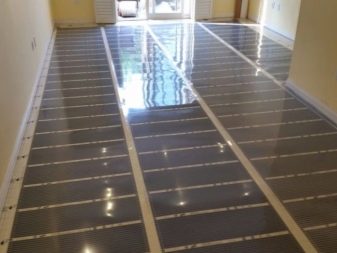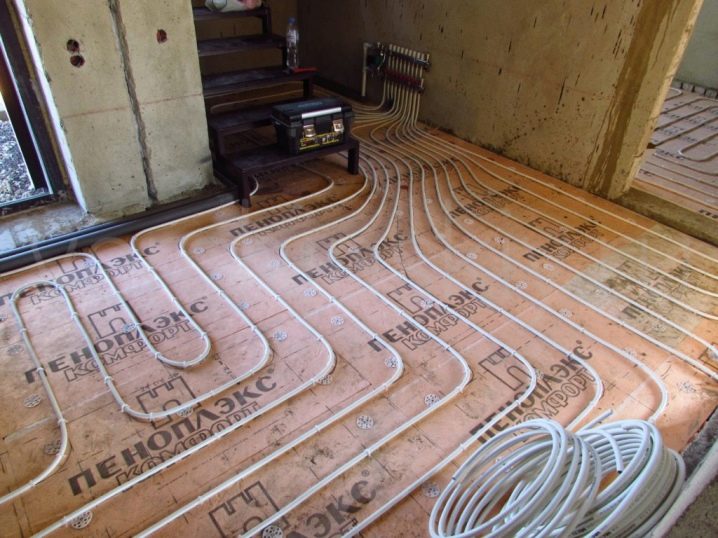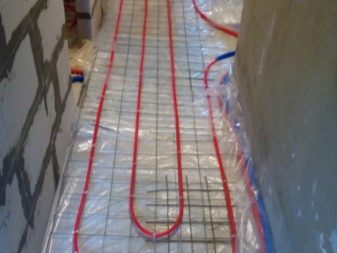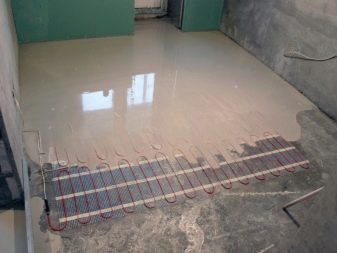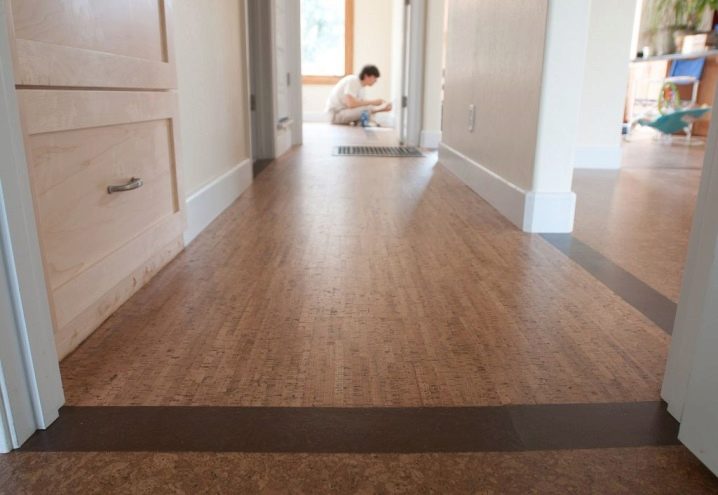Features of the warm floor in the corridor
The owners of private houses and even apartments need to know the features of the warm floor in the corridor. This solution has its pros and cons, and the materials used play an important role. In other words, you should figure out how to insulate the floor and whether you need a warm floor in the hallway in a particular case.
Advantages and disadvantages
For a start, it's worth really deciding do you need a warm floor in the corridor in an apartment or a private house or not. Most often, the answer to this question is negative - they do not spend too much time in the hallway, and mainly in shoes. But if the corridor turns out to be a walk-through room, the situation changes. Besides, the laid out covering also plays an important role. Wood or laminate is relatively warm, but porcelain stoneware and other cold surfaces just need to be insulated.
In a private house, floor heating is needed regardless of the finish used. Even with a vestibule, the floor in the corridor is often cooled. Heating will help:
- protect yourself from moisture on wet or snowy days;
- speed up the drying of umbrellas and shoes, and partly outerwear;
- protect against temperature fluctuations in the apartment;
- prevent drafts;
- create optimal conditions for pets.
In the reviews, they pay attention that the corridor with floor insulation is very helpful in families with small children. Drying shoes and clothes is greatly facilitated, and the radiators remain free.
It is also nice that the washed floor dries quickly. The heated air is evenly distributed throughout the room.
The negative sides of such a decision will be:
- quite tangible costs;
- complication of floor installation;
- an increase in its thickness;
- the probability of violation of the parquet;
- insufficient efficiency of heating the laminate and the same parquet (they do not transmit heat well);
- uneconomical under the condition of normal other heating.
Heating options
But let's say it is firmly decided that in the hallway one cannot do without floor heating. In this case, it is necessary to select a specific option. The choice, as usual, will mainly have to be made between electrical and water appliances. For your information: instead of water, antifreeze can also be pumped through pipes, but this is less common due to the high cost. Electrical complexes are more diverse:
- on the basis of a heating cable (which is placed inside the screed in the manner of a coil);
- on the basis of a heating mat (it is created from the same cable, placed on top of a flexible substrate using a special technique at the factory);
- using thermal film (emitting infrared rays).
The water heater is environmentally and sanitary safe. The relatively low temperature makes it possible to reduce fire risks to the limit. Moreover, even in the event of a failure in general or local heating, thermal inertia will persist for some time. Short-term problems will not be noticed at all. Since there are no radiators, the corridor space is fully used, and the device itself turns out to be very economical.
But you need to understand that tubular floor heating:
- less reliable;
- creates a risk of flooding;
- requires obtaining permits in apartment buildings;
- not as easy to install as electric;
- sometimes requires additional accessories to lower the temperature of the coolant.
Electrical systems can be used anywhere without any restrictions. They are mounted quickly and easily. Replacement, if necessary, is not difficult.
However, you will have to pay extra for electricity. In addition, every device that consumes it is a source of potential danger.
How to insulate yourself?
Both water and electric floor heating in the corridor can be done by hand. The pipes must be laid out on a base, which is usually represented by floor slabs. Before this, the insulation must be laid out. To protect it already from leaks, waterproofing is used. The work is completed by pouring a concrete screed and forming a topcoat.
Electrical cables are placed under the screed. Provide for the installation of a temperature controller. The mats only need to be cut to size and spread out. The film with infrared emitters is mounted directly under the cover - even the need for screeds is not necessary. Important: a separate power supply branch with circuit breakers should be provided.
As a primary thermal protection, you can lay out the laminate with a layer of 3 mm. More professional heaters actually do not have any special advantages over it. It is advised to fix the substrate with glue. Fiberboard is placed on top for rigidity. Transitions and joints must be hidden with sills; finishing involves the use of skirting boards.
